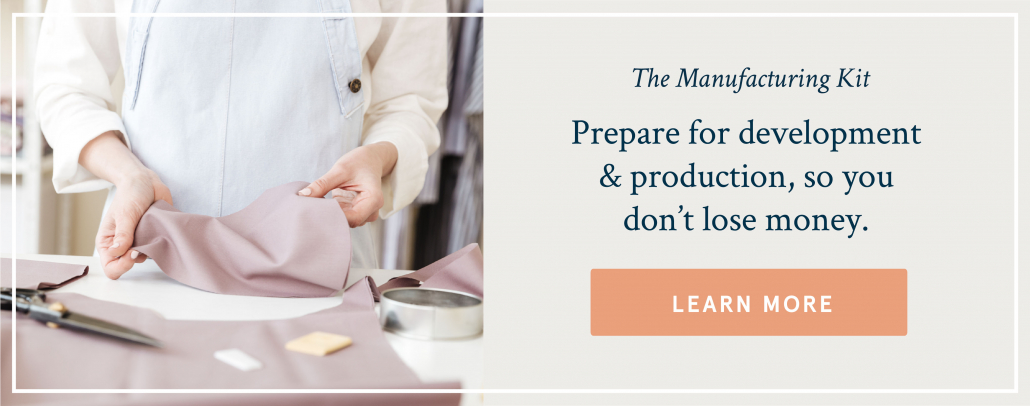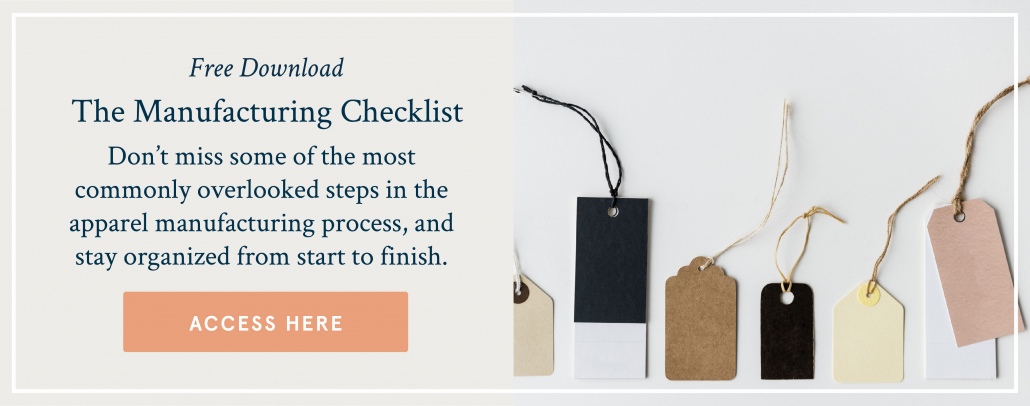It’s no secret that the fashion industry is competitive.
There are so many brands vying for attention that it can often feel like it’s “all been done.”
Especially when you’re starting from zero… as a one-person show… with a limited marketing budget.
I feel you.
The good news is that there is still plenty of opportunity.
If you’re in the early stages of launching your brand, here are five different strategies (with examples!) that will help you set you apart.
SCARCITY | Dudley Stephens
Dudley Stephens is an American-made fleece brand for women and children — and let me tell you, these things sell like hotcakes. I was on their list for months waiting for the Cobble Hill turtleneck to come back in ice blue.
When I was notified that they had restocked I made a purchase immediately — and then scooped up another color for my mom.
That’s all to say, Dudley Stephens has made an outstanding product and whether it was intentional or not, the scarcity model works for them.
Why? Because it creates urgency to buy. You know that you can’t wait too long to make a purchase or your size, color or style preference will go out of stock. And that can be a really powerful business model.
BRANDING | Shit That I Knit
In the middle of a snowstorm, founder Christina Fagan posted a photo on Instagram of herself wearing a bathing suit and one of her brand’s red knit hats.
She then challenged her following: Post your “bikini and beanie” pic, and you could win a free hat. Within hours, she had over 50 submissions from followers wearing their Shit That I Knit beanies.
This is just one example of how Christina has created a cult following and a million dollar business through the power of stand-out branding.
As The Boston Globe recently noted, the STIK brand tells a story — Christina, as the founder, is the main character, and the progress of her business is the plot.
The result? Brand obsession from fans who feel a connection to her.
ONE-OF-A-KIND | Alter UR Ego
In 2007, Heidi McKenzie was in a car accident that resulted in traumatic head and spinal cord injuries, leaving her a T4 paraplegic (she can’t feel from the chest down).
Since then, she has become an advocate for other young people who are paralyzed and joined the first-ever Factory45 program in 2014 to launch a functional denim brand for men and women in wheelchairs.
While she says there is other “wheelchair clothing” on the market, almost all of it is designed for the elderly. Alter UR Ego is the only denim brand providing jeans for young, fashionable people like her.
When you’re the only product on the market providing a solution to a specific problem… well, that’s a good place to be.
PRICE | Project Repat
The product is simple: Send Project Repat your memorable t-shirts and they’ll turn them into a t-shirt quilt.
There are other companies that make t-shirt quilts but Project Repat leads the pack, in large part, because they’re able to offer the most affordable price.
They spent years perfecting their supply chain and manufacturing process so that they’re able to make t-shirt quilts in the most efficient amount of time possible, while still manufacturing in the USA and working with factories that pay a living wage.
With over 300,000 customers and thousands of five-star reviews, it makes it difficult for other competitors to come into the market if they can’t match the price. And that makes a big difference when it comes to staying ahead and continuing to grow.
CUSTOMER EXPERIENCE | Nisolo
If you’re still reading and thinking, “Uh oh… my brand isn’t any of these things!” then this is for you.
Every single business in the history of entrepreneurship can achieve the stand-out quality of incredible customer service. In fact, there’s no reason not to.
Nisolo, a brand of ethically handcrafted shoes and accessories, has created a memorable customer experience that keeps people coming back for more.
My friend Claire still talks about her experience with Nisolo with heart eye emojis. She said they responded quickly over the holidays and honored a lower price after there was a price discrepancy with a product on sale.
Customer service is still one of the easiest ways to encourage word-of-mouth marketing and there’s no marketing method more powerful than that.


























